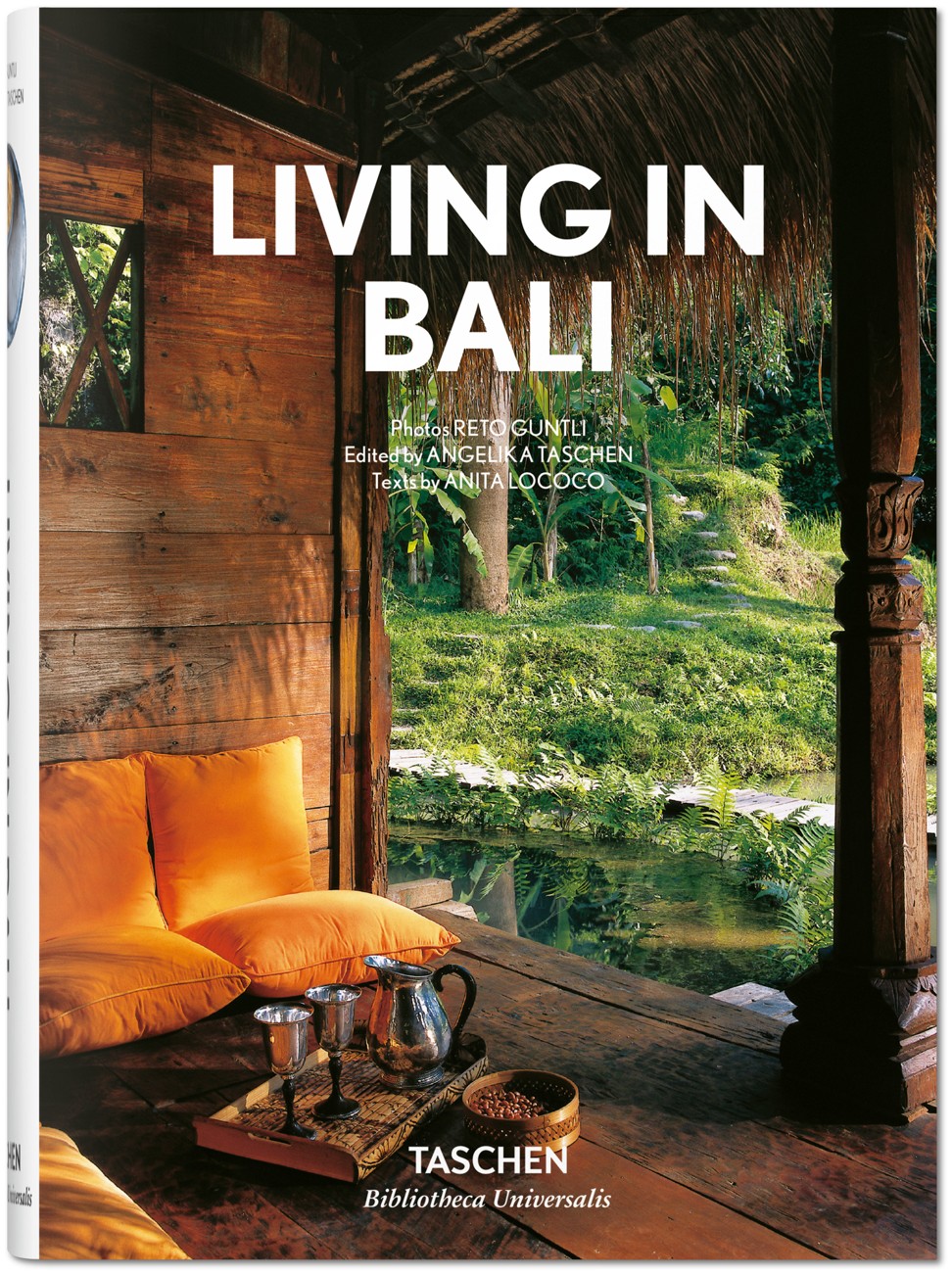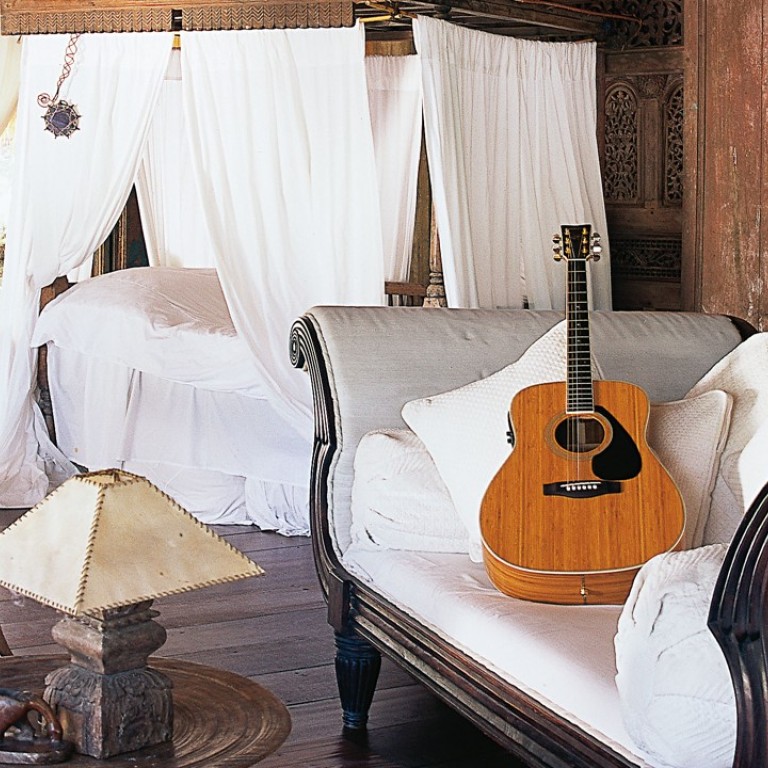
Bali living at its best in this book of beautiful homes inspired by nature
- From Villa Matisse, a masterpiece of polished cement and mosaics, to rustic getaways and neocolonial pads, book features spectacular Bali homes
- See the house whose guests have included Mick Jagger, Bono and Richard Branson
Despite what literary purists might think, chunky books bursting with drool-inducing pictures that can transport a reader to another place deserve space on a bookshelf – or a coffee table. And Living In Bali, a 460-page tome from art book publishers Taschen, is just such a book.
For decades the spiritually rich Indonesian island has attracted people from all over the world, and this newly updated version of a book originally published in 2006 – with words by long-time resident Anita Lococo and images by Swiss photographer Reto Guntli – celebrates the private and commercial places that sprang up to cater to them.
Balinese princess Lindy Rama-Ellis’ favourite Bali hang-outs
Bali’s distinctive in-harmony-with-nature aesthetic – stone carvings, wooden furniture, flowy muslin curtains and alfresco showers and infinity pools set among tropical gardens of frangipani and bamboo – screams loud throughout. Some might find an overload of that look. But it’s hard not to look.
Take Panchoran Estate in the artsy town of Ubud.
Once owned by Irish designer and environmentalist Linda Garland, who died last year after more than 35 years on the island, this jungle hideaway – set on eight hectares overlooking a bamboo forest (Garland was a leading advocate of bamboo as an alternative to wood in decoration and architecture) – has lured celebrities including Mick Jagger, Richard Branson and Bono. If only those carved wood-panelled walls could talk.
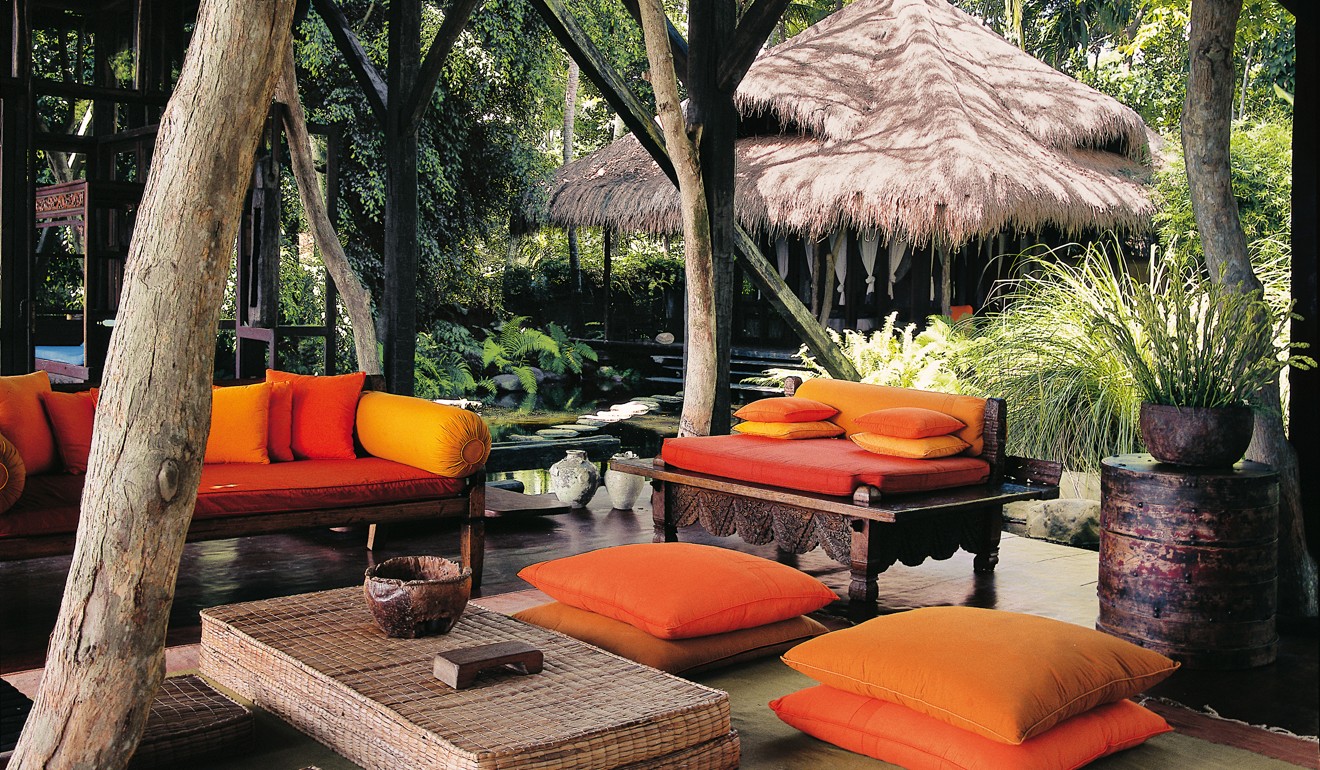
Then there’s Villa Matisse – a masterpiece of design (think polished grey cement and mosaics of broken mirrors) owned by Dutch-born Conchita Kien – and the neocolonial Ubud home of compatriot Anneke Van Waesberghe, the woman behind luxury travel accessories brand Esprit Nomade.
The House on The Cliff in Pecatu, owned by a surfing-mad American family (it overlooks four popular surf spots) takes the idea of a spiritual sanctuary to a new level (it has its own family temple), as does Aulia’s House in Canggu, a rustic home with design nods to the island’s rural culture, complete with antique wooden carvings of spirit animals for protection.
Opting for a more contemporary look are Japanese couple Takashi and Shihoko Inaba, whose open and spacious family home has a teahouse on the grounds to remind them of the limited space in their home country.
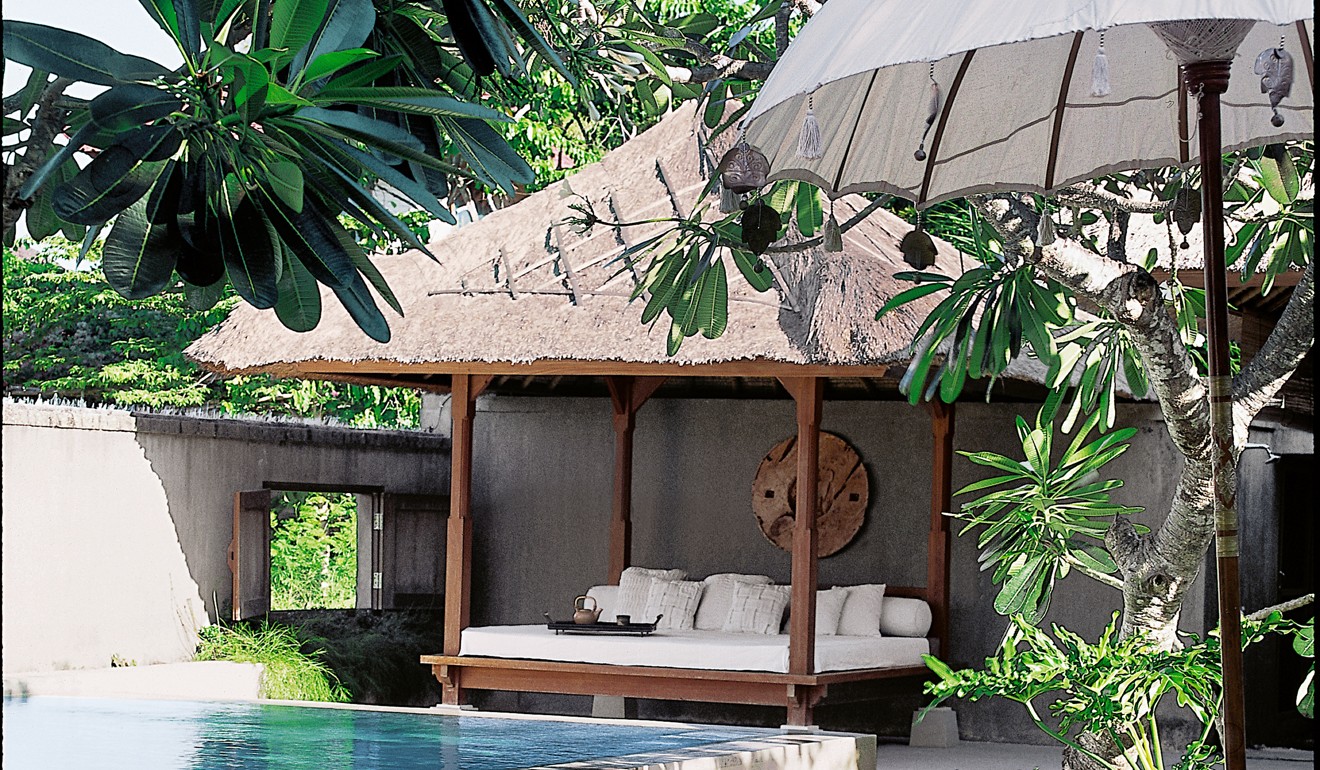
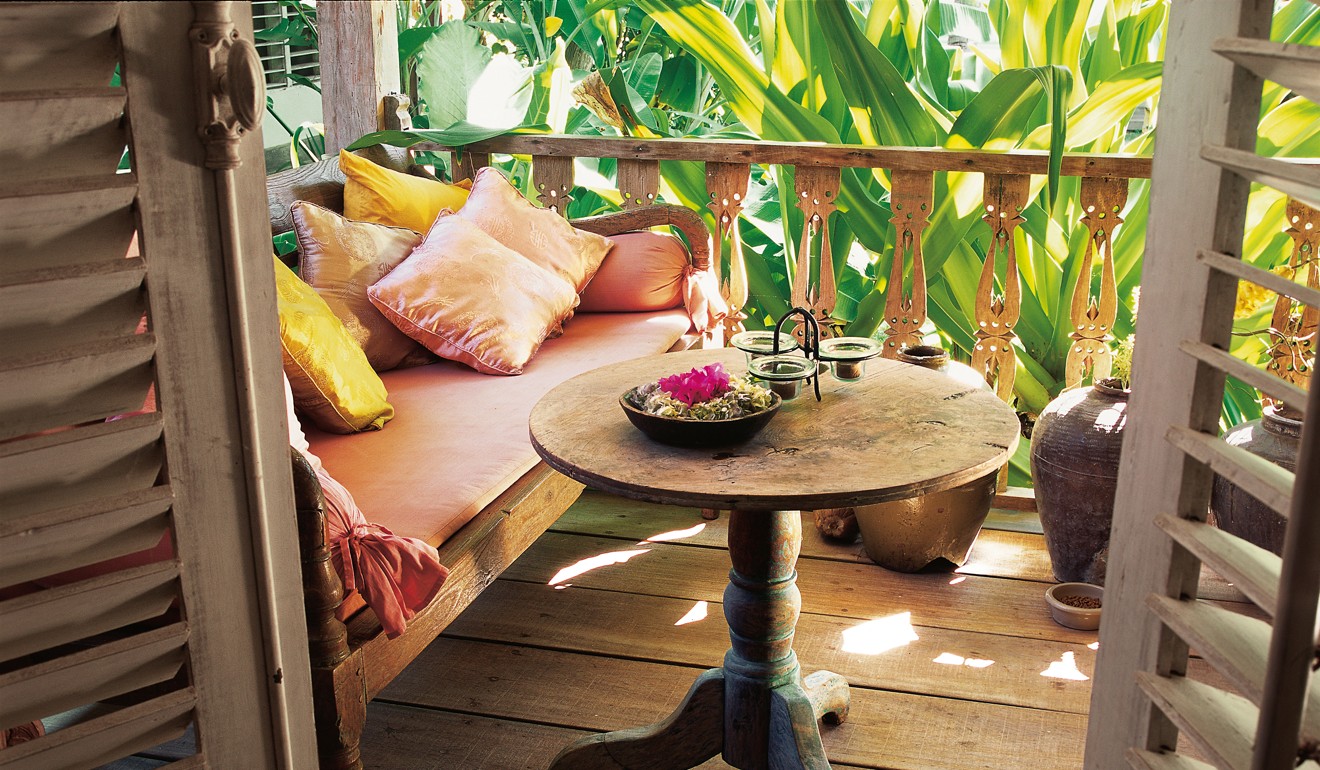
And how could a book celebrating Bali design not include the sprawling home of jewellers John and Cynthia Hardy, pioneers of the sustainable luxury movement?
Some places will ring bells for those who have Googled “luxury accommodation Bali”. There's the Oberoi Bali in Semniyak, Four Seasons Resort in Sayan and the Como Shambala Estate in Ubud.
Bali is my muse says jewellery designer Guy Bedarida
While rampant tourism combined with an explosion of people relocating to Bali to work or retire have destroyed much of the charm that initially attracted people there, especially in the 1960s, ’70s and ’80s, this book shows that some peaceful sanctuaries remain – and they all beautifully encapsulate the island’s spirit and love of nature.

